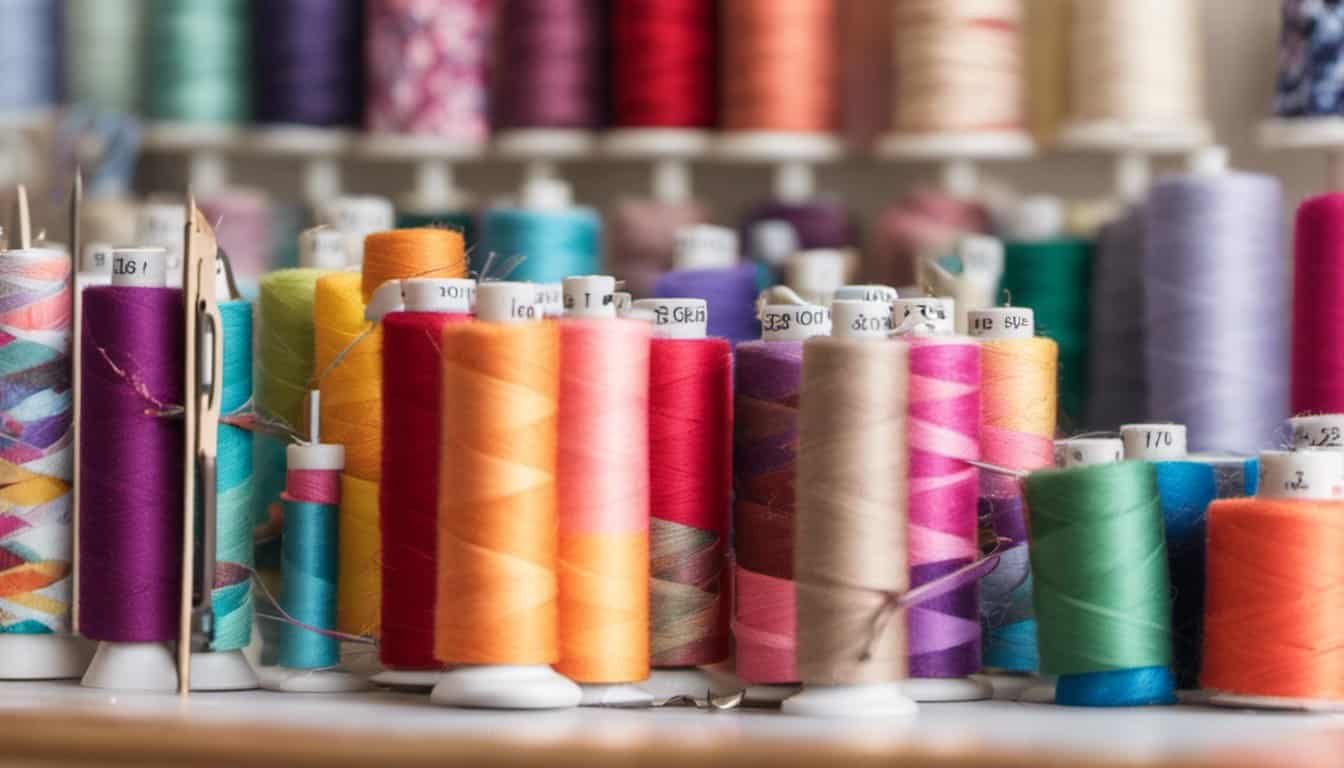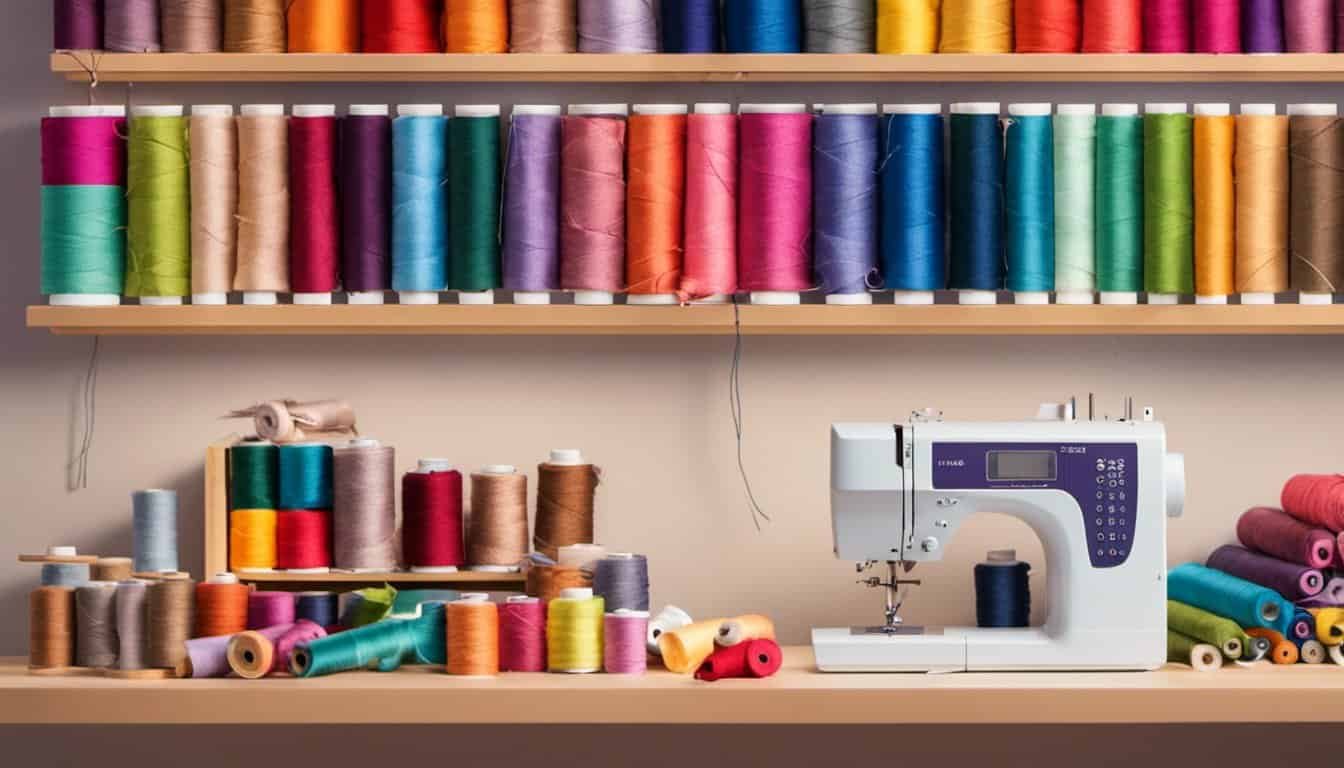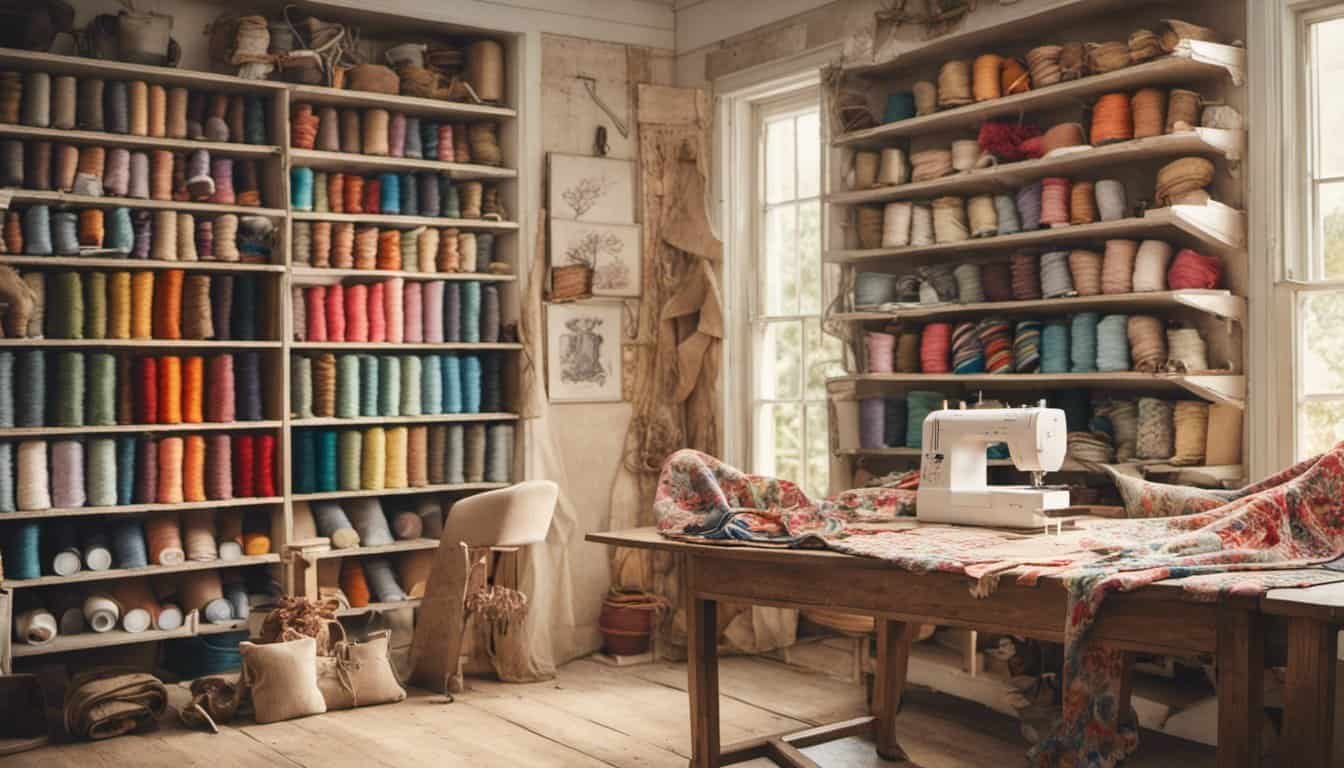Crafting a well-finished shirt starts with mastering the placket. Whether you’re a seasoned sewist or just starting out, understanding how to sew a placket can elevate your garment to the next level. I’ve found that a neatly constructed placket not only enhances the shirt’s appearance but also ensures functionality and durability.
Understanding Shirt Plackets
A placket serves as the opening for a shirt’s front, accommodating buttons and providing structure. It enhances both the shirt’s functionality and aesthetic appeal.
Types of Shirt Plackets
- Standard Placket
Utilizes a single strip of fabric, neatly folded and stitched, allowing for a clean button line.
- French Placket
Features a reinforced center front, offering additional durability and a polished look.
- Double Placket
Incorporates two layers of fabric, enabling a more substantial and structured opening.
- Hidden Placket
Conceals buttons beneath fabric layers, presenting a sleek and minimalist appearance.
Components of a Placket
| Component | Description |
|---|---|
| Facing | Fabric layer that provides structure and stability. |
| Buttons | Fasteners that secure the shirt opening. |
| Buttonholes | Slits or punched areas where buttons are inserted. |
| Interfacing | Material added for extra strength and shape. |
Understanding these elements and variations allows for precise customization and ensures the placket contributes effectively to the shirt’s overall design.
Gathering Your Tools And Materials
To sew a placket for shirt openings, gather the essential tools and materials first. This preparation ensures a smooth sewing process and a professional finish.
Tools
- Sewing Machine: A reliable machine with precision stitching.
- Scissors: Sharp fabric scissors for clean cuts.
- Pins and Pin Cushion: To hold fabric pieces securely.
- Measuring Tape: Accurate measurements for precise fitting.
- Iron and Ironing Board: Press seams and fabric for a crisp appearance.
- Seam Ripper: Fix any stitching mistakes efficiently.
Materials
- Fabric: Choose the same material as your shirt for consistency.
- Interfacing: Provides structure to the placket, typically fusible.
- Buttons: Select appropriate size and style to match the shirt.
- Thread: Durable thread that matches your fabric color.
- Buttonholes: If not using a buttonhole foot, have materials ready to create them manually.
Optional Accessories
- Marker or Chalk: For marking fabric without leaving permanent marks.
- Basting Tape: Temporary stitching to hold layers together before final sewing.
- Pattern Paper: If creating a custom placket design.
Ensuring you have all these tools and materials on hand will streamline the placket sewing process, allowing you to focus on achieving a high-quality result.
Preparing The Fabric
Preparing the fabric correctly sets the foundation for sewing a flawless placket. I ensure the fabric is accurately measured and properly marked before cutting.
Measuring And Cutting
I start by measuring the placket area precisely. Typically, a standard placket measures 3 to 4 inches in length and about 1.5 to 2 inches in width. Using a ruler and measuring tape, I mark these dimensions on the fabric. Next, I add a 1/4-inch seam allowance around the edges to allow for stitching. After marking, I carefully cut the fabric using sharp fabric scissors to ensure clean edges. Cutting multiple layers at once can save time and maintain consistency across plackets.
Marking The Placement
Accurate placement is crucial for a symmetrical and functional placket. I begin by folding the shirt front edges inward, aligning them precisely. Using tailor’s chalk or fabric markers, I mark the exact spots where the placket will attach. Typically, the placket is centered between the side seams and extends from the bottom hem to the desired length. Ensuring these marks are even on both sides guarantees that the placket sits straight and maintains the shirt’s overall balance. Double-checking these measurements before sewing helps prevent mistakes and ensures a professional finish.
Sewing The Placket
Sewing the placket ensures a sturdy and polished foundation for your shirt opening. Proper attachment and edge finishing enhance both functionality and aesthetics.
Attaching The Placket
- Align the placket fabric with the marked shirt front edges, ensuring symmetry.
- Pin the placket in place, securing both sides evenly.
- Sew along the marked lines, using a straight stitch and maintaining a consistent seam allowance.
- Reinforce the beginning and end of the seams with backstitches to prevent unraveling.
- Press the attached placket with an iron, flattening the seams for a crisp finish.
Finishing The Edges
- Trim excess fabric and seam allowances close to the stitches to reduce bulk.
- Fold the raw edges inward by 1/4 inch and press them with an iron.
- Topstitch along the folded edges, securing them in place and adding durability.
- Attach interfacing if required, providing additional structure to the placket edges.
- Inspect the finished edges, ensuring they are neat and free from any loose threads.
Tips For A Professional Finish
- Accurate Measurements
I always measure twice to ensure the placket dimensions are precise. Using a measuring tape, I mark 3 to 4 inches in length and 1.5 to 2 inches in width with a 1/4-inch seam allowance. Precise measurements prevent uneven edges and ensure symmetry.

- Quality Thread Selection
I choose high-quality thread that matches the fabric color. Strong thread enhances durability and minimizes the risk of seams breaking over time, giving the placket a polished look.
- Sharp Cutting Tools
I use sharp scissors or a rotary cutter for clean, straight edges. Cutting multiple layers simultaneously ensures consistency and reduces fraying, which is crucial for a neat finish.
- Pressing Techniques
I press the placket thoroughly after each sewing step. Using an iron, I create crisp seams and fold lines, which add structure and a professional appearance to the shirt opening.
- Reinforced Seams
I reinforce all seams with backstitching at the beginning and end. This technique strengthens the placket, preventing it from unraveling and ensuring long-lasting wear.
- Interfacing Application
I apply interfacing to the placket for added support. Choosing the right weight interfacing helps maintain the placket’s shape and provides a smooth surface for button attachment.
- Topstitching Details
« What Are Sewing Patterns and Where to Find Them? 7 Ultimate Resources
What Is a Thimble and How to Use It? 8 Secrets Every Sewer Must Know »
I add topstitching along the edges of the placket. This not only secures the fabric layers but also creates a clean, finished edge that enhances the overall garment’s aesthetic.
- Final Inspection
I meticulously inspect the placket for any loose threads or uneven stitches. Ensuring every detail is flawless guarantees a high-quality, professional finish that elevates the shirt’s appearance.
Common Mistakes To Avoid
Incorrect Measurements
Measuring placket dimensions inaccurately disrupts symmetry. I ensure placket length remains between 3 to 4 inches and width stays within 1.5 to 2 inches to maintain consistency.
Inaccurate Marking
Marking attachment points unevenly weakens the placket structure. I use tailor’s chalk for precise markings, verifying both sides mirror each other perfectly.
Skipping Interfacing
Omitting interfacing reduces placket stiffness. I apply interfacing to enhance durability, especially for shirts requiring frequent use.

Poor Seam Finishing
Leaving seams unfinished causes fraying and weakens the placket. I trim excess fabric and fold raw edges inward, securing them with topstitching for a clean finish.
Incorrect Button Placement
Misaligned buttons compromise functionality and appearance. I position buttons accurately, spacing them 0.5 inches apart to ensure easy buttoning.
Neglecting Pressing
Failing to press plackets results in a sloppy appearance. I press each sewn section thoroughly, creating crisp lines that enhance the shirt’s overall look.
Using Dull Scissors
Dull scissors create uneven edges that affect placket quality. I maintain sharp scissors for precise cuts, ensuring clean fabric edges every time.
Inconsistent Fabric Layering
Layering fabrics unevenly weakens the placket. I align multiple fabric layers carefully, pinning them securely to maintain uniformity throughout the sewing process.

Rushing the Process
Moving too quickly leads to mistakes and poor craftsmanship. I allocate sufficient time for each step, prioritizing accuracy over speed to achieve professional results.
Ignoring Fabric Grain
Ignoring fabric grain affects placket alignment and shirt fit. I align plackets with the fabric grain, ensuring the shirt hangs correctly and functions smoothly.
Conclusion
Sewing a placket is a rewarding step in creating a well-crafted shirt. With the right tools and a bit of patience I can achieve a professional finish that enhances both the look and functionality of my garment. Each step brings me closer to mastering this essential technique. I’m excited to apply these skills to my future projects and continue improving my sewing abilities.

















